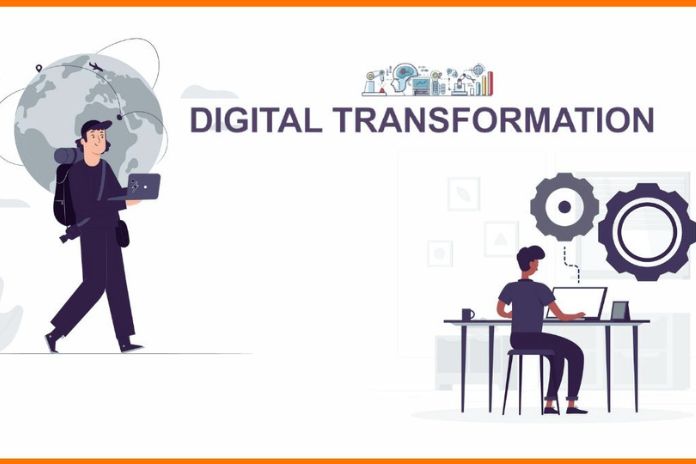Nearly a third of the energy, oil, gas, and utility companies need help to measure the return on investment of adopting EAM and ERP software. Software collaboration and integration features are essential factors for organizations.
The finding is severe for 29% of participants in a survey by IFS, a publisher of asset management solutions for businesses. They say the most significant barrier to software adoption is the inability to measure the investment made during digital transformation accurately.
For one in five respondents, this is the central reservation when buying apps. On the other hand, more than three in ten oil, gas, and utility companies, or 31%, globally place integration and collaboration functions among the top two drivers of software package adoption. In contrast, 30% refer to better project management, 29% to better asset lifecycle management, and 29% to better operational efficiency. Specifically, significant barriers to app adoption remain. They are due to the difficulty in measuring the ROI (return on investment) of EAM (Enterprise Asset Management), namely, tools for managing and optimizing the use of assets, real estate, and other companies.
The same goes for ERPs (Enterprise Resource Planning), which manage the essential software functions of an organization (finance, accounting, HR, etc.). Companies expect more readability and transparency regarding the performance of these solutions. Thus, 79% say software packages must be able to define and measure essential KPIs (key performance indicators). The companies surveyed want, among other things, clear performance indicators on improving the use of resources (34%), extending the life of assets (30%), and increasing the reliability of active (28%).
The Physical And Digital Worlds Are Growing Together
Digital transformation describes the fundamental change of companies towards a fully networked digital organization. Based on new technologies and applications, products, services, and processes are being redesigned and adapted to the requirements of the digital economy. On the one hand, this is possible because more and more people are using mobile devices, and wearables can be reached and provide their data – whether voluntarily or not.
And it is possible because objects and machines can also be addressed digitally at any time via sensors and SIM cards, which leads to changed and expanded value chains. So we are moving at top speed into a fully networked world. Against this background, companies and industries must put their business models and processes to the test to avoid being beaten by faster competitors or newcomers with a digital DNA to overrun. Well-known examples such as Uber, Airbnb, Netflix, Salesforce.com, Spotify, Google (autonomous driving), Tesla, and Amazon (e-commerce) show how quickly something like this can happen.
Only 17% Of Companies Surveyed Say They Have Completed Their Digital Transformation
Even though the IFS study only targets companies in the energy sector and utilities, the fact that less than one in five companies in the survey panel indicates a successful digital transformation is concerning. Other indicators show significant obstacles to adopting software packages in the energy sector.
For example, 26% of respondents point to more clarity around the resources and skills needed, and 19% say a poor business case makes adoption costly. Among the other reasons hindering the success of transformation projects is the need for more consensus on priorities within the management team, cited by almost a quarter of respondents (24%).
According to the study, there is also a strong demand for new technologies in the energy sector. Thus, 72% of the companies surveyed consider data analysis critical, 70% refer to virtual assistants, and 69% to connected objects (IoT). Other highlights emerge from the IFS survey. It shows that 57% of companies in the oil, gas, and utilities sectors with digital transformation projects are looking for a modular platform to support the entire process. In comparison, only 38% opt for niche solutions. The return on investment of software packages is a crucial point for companies in the energy sector which are often very reluctant to take risks and must take into account financial and managerial constraints with tangible supporting evidence.
